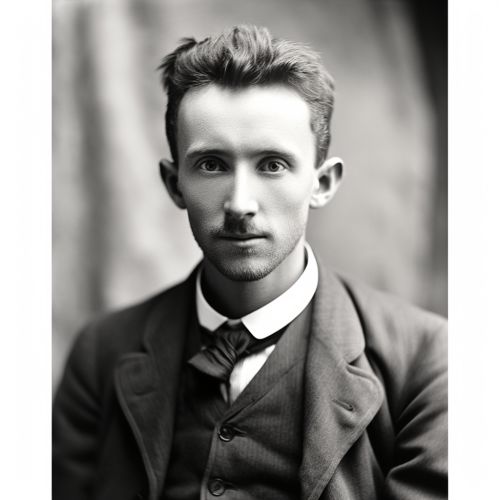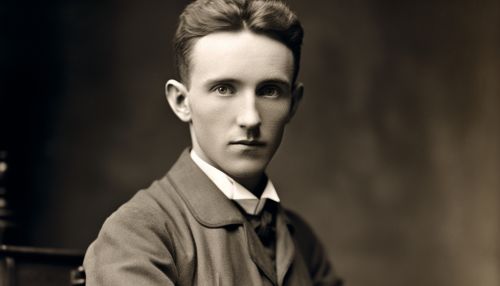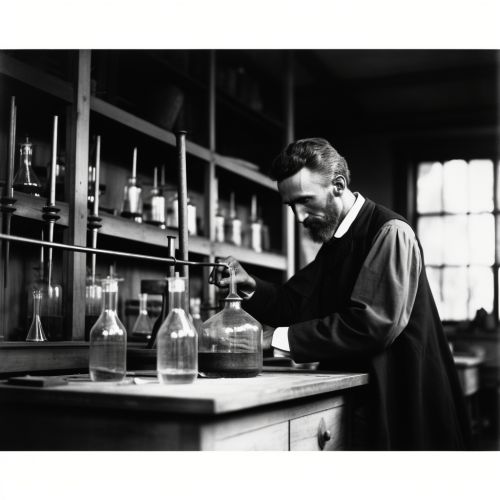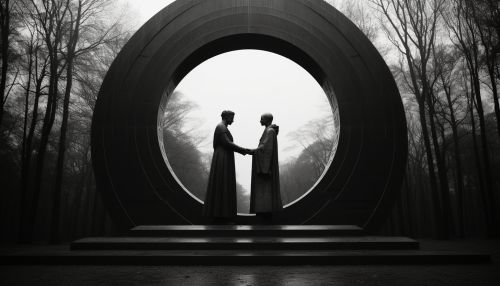Pierre Curie
Early Life and Education
Pierre Curie was born on May 15, 1859, in Paris, France. His father, Dr. Eugene Curie, was a physician who provided Pierre with an early education in the sciences. Pierre showed a strong interest in physics from a young age, and by the time he was 16, he had already completed the equivalent of a bachelor's degree in physics.


In 1878, Pierre enrolled at the Sorbonne University in Paris, where he studied physics and chemistry. He earned his doctorate in 1895 with a thesis on crystallography, a field of study that would later play a crucial role in his research on radioactivity.
Career and Research
After completing his doctorate, Pierre was appointed as a laboratory supervisor at the School of Industrial Physics and Chemistry in Paris. Here, he conducted research on magnetism, discovering what is now known as the Curie's Law in 1895. This law states that the magnetization of a ferromagnetic material is directly proportional to an applied magnetic field, but inversely proportional to the temperature.
In 1896, Pierre's work took a significant turn when he became interested in the recent discovery of radioactivity by Henri Becquerel. Pierre, along with his wife Marie Curie, began investigating this phenomenon, leading to the discovery of the radioactive elements polonium and radium in 1898.


Pierre's research on radioactivity not only led to the discovery of new elements but also contributed to the development of new theories in physics. His studies on the heat emitted by radium led to the formulation of the Curie's Principle, which states that in any natural thermodynamic process, the sum of the quantities of heat absorbed or emitted at each stage is equal to the total heat change.
Contributions to Science and Legacy
Pierre Curie's contributions to science extend beyond his discoveries in radioactivity. His early work on magnetism and crystallography laid the groundwork for future research in these fields. His discovery of the piezoelectric effect, which is the ability of certain materials to generate an electric charge in response to applied mechanical stress, has had significant applications in modern technology, including the development of ultrasound imaging.
Pierre's work with his wife, Marie, on radioactivity has had a profound impact on both science and medicine. Their research led to the development of radiation therapy, a common treatment for cancer. Despite the dangers associated with their work – Pierre died in 1906 due to a road accident, and Marie suffered from health problems due to radiation exposure – their dedication to science has left a lasting legacy.


